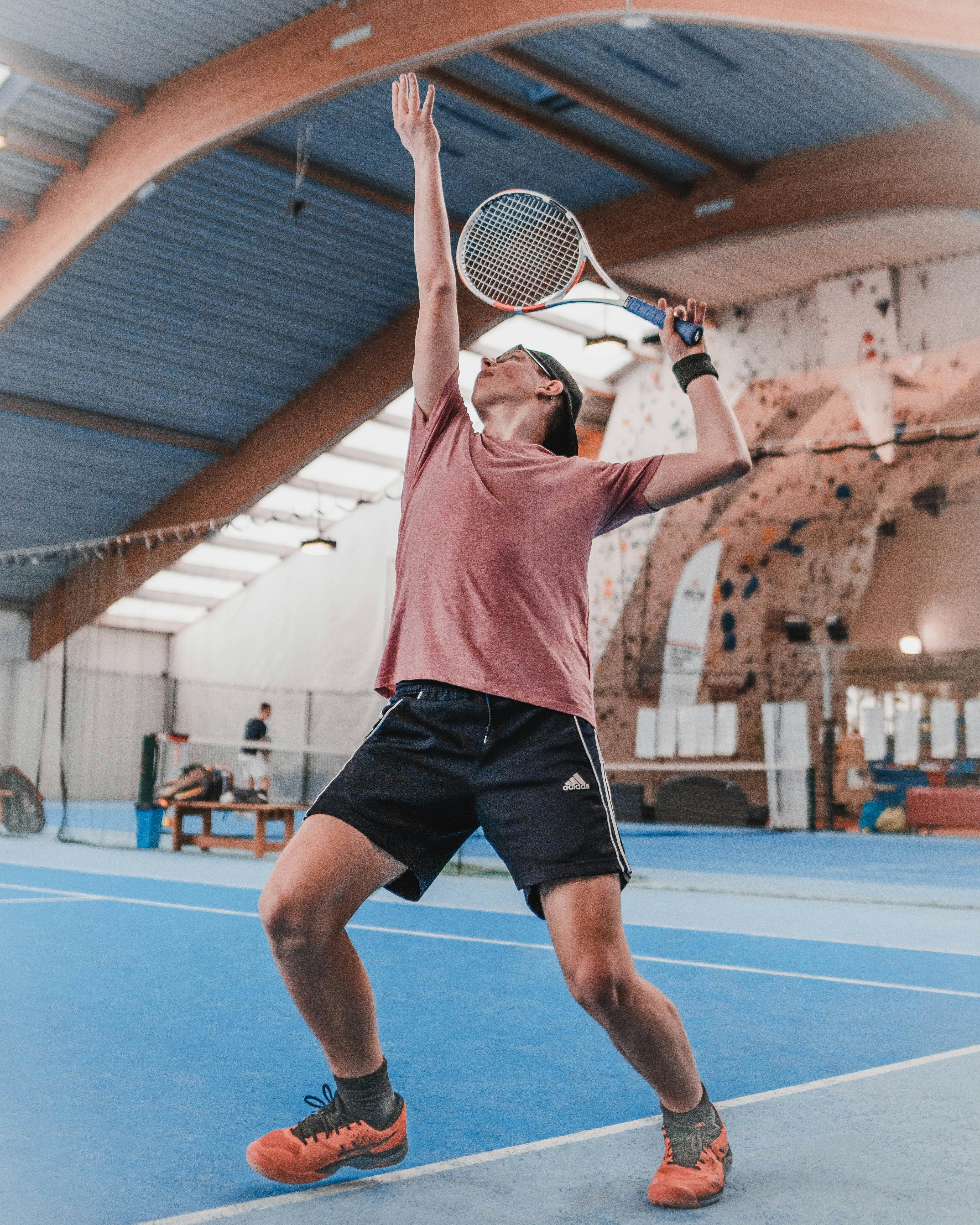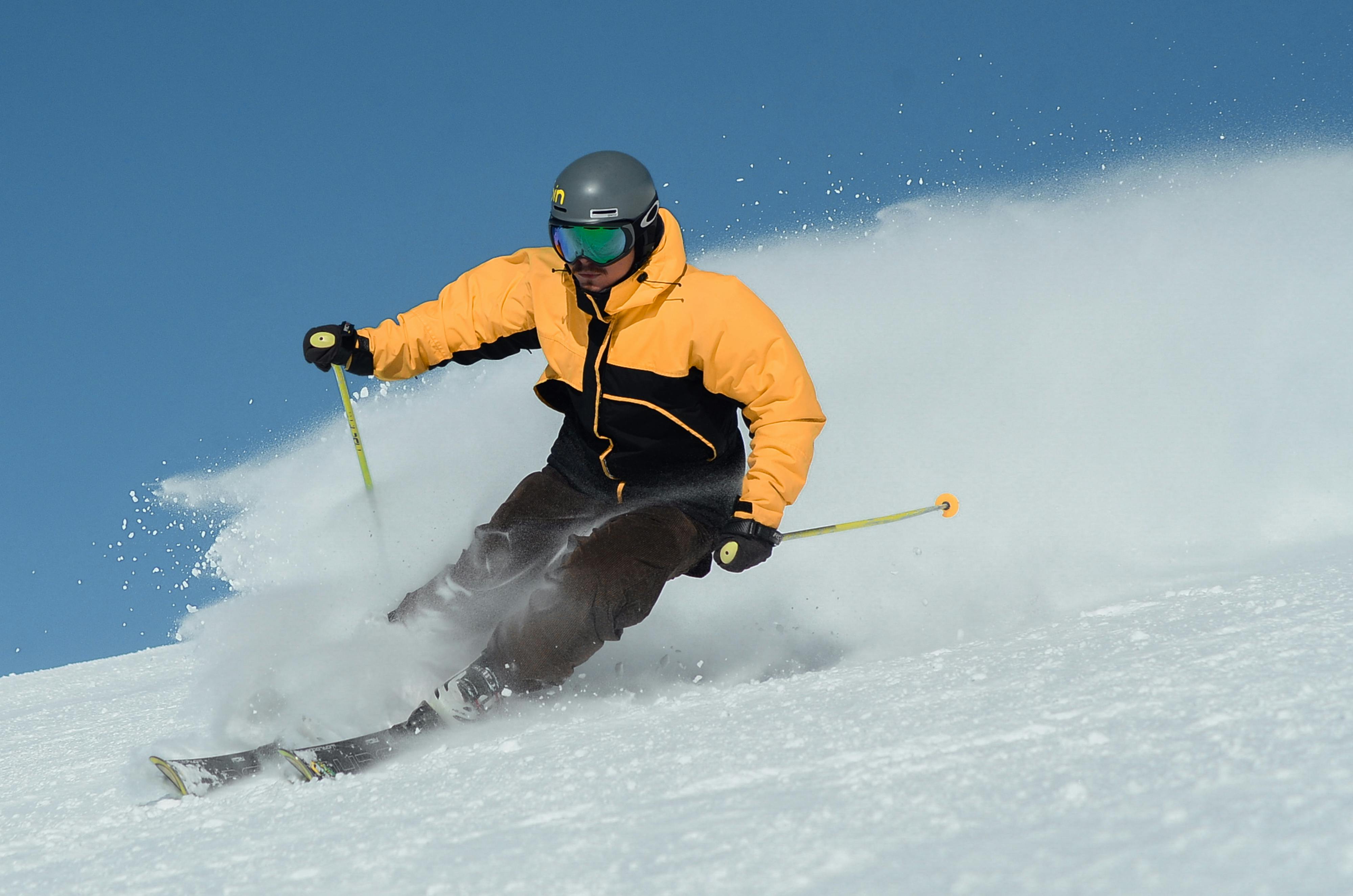Breaking Down the Biomechanics of the Perfect Tennis Serve
The tennis serve is often described as the most important shot in the game. It's the only shot where a player has complete control over how and when to play it. But what makes a perfect serve? Is it power, precision, spin, or a combination of all three? This article delves into the biomechanics of the perfect tennis serve, providing a detailed analysis of the techniques used by the world's top players.

The Anatomy of a Tennis Serve
The tennis serve is a complex movement that involves almost every muscle in the body. From the legs, which provide the power and stability, to the arm and wrist, which control the direction and spin of the ball, each part of the body has a crucial role to play.
The serve begins with the toss. The ball must be thrown high enough to allow the server to fully extend their arm and hit the ball at the highest possible point. The toss also determines the type of serve. A ball tossed to the right (for a right-handed player) will result in a slice serve, while a ball tossed straight up will result in a flat serve.
The next stage is the backswing. The server draws their racket back, twisting their torso and coiling their muscles in preparation for the forward swing. This coiling action is crucial for generating power.
The forward swing is where the power is unleashed. The server uncoils their body, transferring the energy from their legs and torso into their arm and, finally, into the racket. The point of contact between the racket and the ball is critical. The server must hit the ball in the center of the racket to maximize power and control.
The follow-through is the final stage of the serve. The server’s arm continues its forward motion, helping to control the direction and spin of the ball.
The Science Behind the Serve
Biomechanics, the study of the mechanical laws relating to the movement or structure of living organisms, plays a crucial role in understanding and improving the tennis serve. By analyzing the movements of top players, scientists can identify the most efficient techniques and help players to improve their own serves.
One key finding is the importance of the kinetic chain - the sequence of movements that transfer energy from the larger, more powerful muscles of the legs and torso to the smaller, less powerful muscles of the arm and wrist. By optimizing this kinetic chain, players can maximize their power and control.
Another important factor is the angle of the serve. Research has shown that the most effective serves are hit at an angle of around 45 degrees. This allows the server to hit the ball with maximum power while also giving them the best chance of landing the ball in the service box.
The Art of the Spin
Spin is a crucial element of the tennis serve. There are three main types of spin: topspin, backspin, and sidespin. Each type of spin affects the trajectory and bounce of the ball in different ways, making it more difficult for the opponent to return the serve.
Topspin is created by brushing up on the ball at the point of contact. This causes the ball to dip down into the service box and bounce high, making it difficult for the opponent to attack the serve.
Backspin, or slice, is created by brushing down on the ball. This causes the ball to skid and stay low after the bounce, making it difficult for the opponent to get under the ball.
Sidespin, or slice, is created by brushing across the ball. This causes the ball to curve in the air and bounce away from the opponent, making it difficult for them to predict the direction of the ball.
The Perfect Serve: A Balance of Power, Precision, and Spin
The perfect tennis serve is a balance of power, precision, and spin. It requires a complex sequence of movements, each one fine-tuned to maximize efficiency and effectiveness. By understanding the biomechanics of the serve, players can improve their technique, increase their power, and add variety to their game.
In conclusion, the tennis serve is much more than just a way to start a point. It’s a weapon that can be used to gain an advantage over the opponent. By mastering the biomechanics of the serve, players can turn this weapon into a key part of their game.





